Spice Wars: 7 Global Chicken Curry Styles That’ll Blow Your Mind (And Kitchen Cabinet)
Welcome, fellow spice explorers and kitchen warriors! If you've ever stared into a pot of simmering chicken curry wondering how something so humble could taste like pure magic — you're not alone.
In this article, we’re diving deep into the sizzling, aromatic world of Global Spice Traditions, with a spotlight on our favorite protein-packed comfort dish: chicken curry. From coconut-infused kormas to fiery Thai green curries, we’ve got your taste buds covered.
Whether you're a seasoned chef or a weekend warrior in the culinary arts, this post is your golden ticket to curry enlightenment — served with a dash of humor and a spoonful of sass.
Table of Contents
- Why Chicken Curry Rules the World
- A Brief History of Chicken Curry Across Continents
- 7 Global Chicken Curry Styles You Need to Know
- Pro Tips for Mastering Chicken Curry at Home
- DIY Spice Blends for Every Curry Style
- Curry Myths Busted!
- Final Thoughts: Curry, Culture, and Chaos
Why Chicken Curry Rules the World
Let’s be real — if there were an Olympic medal for flavor versatility, chicken curry would win gold, silver, and bronze. It's more than just a dish; it's a global phenomenon that brings cultures together over steaming bowls of spiced glory.
Chicken curry isn’t picky — it plays well with naan, rice, baguette, tortillas, and even cold leftovers from yesterday’s fridge raid. And no matter where you are in the world, you’ll find someone stirring up a version of it.
The beauty? Every culture puts its own spin on it. One day it’s sweet and creamy; the next, it’s smoky, sour, or hot enough to make you question all life choices leading up to that bite.
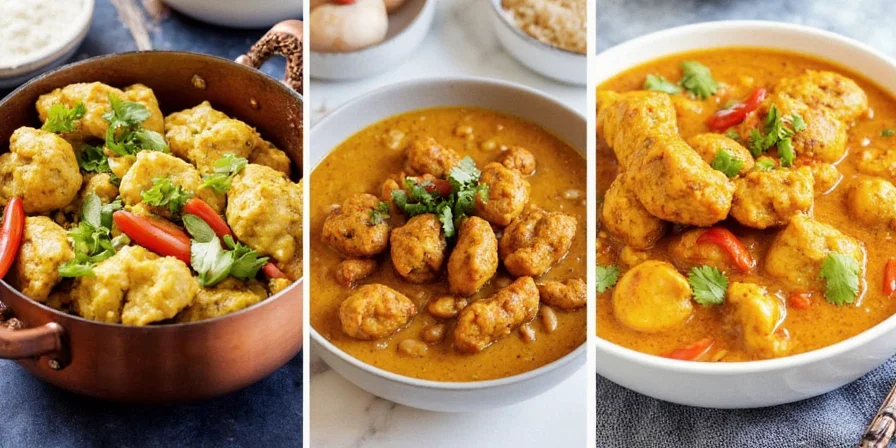
A Brief History of Chicken Curry Across Continents
Before we dive into the deliciousness, let’s take a quick trip down memory lane (and across several oceans).
- India: The birthplace of modern curry. Ancient Indian texts mention spiced stews dating back thousands of years. The word “curry” itself is believed to come from the Tamil word kari, meaning sauce or relish.
- Thailand: Known for bold flavors and fresh ingredients, Thai curry was influenced by Indian traders but evolved into its own beast — spicy, herbal, and packed with lemongrass and galangal.
- Jamaica: Caribbean curries took inspiration from South Asian immigrants during British colonial times. Think jerk meets masala — bold, bright, and loaded with alliums.
- Japan: Yep, Japan has its own version called Kare Raisu. Mild, sweet, and thickened with flour, it’s more about comfort than fire.
- United Kingdom: Britain fell head over heels for curry during the Raj era. Today, chicken tikka masala is often referred to as Britain’s national dish.
7 Global Chicken Curry Styles You Need to Know
We present to you: the international lineup of chicken curry superstars. Each one comes with a unique flavor profile, texture, and cultural flair.
| Curry Type | Country of Origin | Main Ingredients | Heat Level (🌶️) | Serving Suggestion |
|---|---|---|---|---|
| Chicken Tikka Masala | UK (via India) | Marinated grilled chicken, tomato cream sauce, garam masala | 🌶️🌶️ | With naan or basmati rice |
| Thai Green Curry | Thailand | Coconut milk, green chili paste, lemongrass, kaffir lime | 🌶️🌶️🌶️🌶️ | Over jasmine rice |
| Japanese Kare Raisu | Japan | Onion, carrot, potato, roux-based sauce, mild spices | 🌶️ | In a rice bowl |
| Caribbean Curry Chicken | Jamaica/Trinidad | Yellow curry powder, scotch bonnet, thyme, chickpeas | 🌶️🌶️🌶️ | With roti or rice & peas |
| Malaysia Chicken Rendang | Malaysia | Coconut milk, turmeric, cinnamon, dried to perfection | 🌶️🌶️ | With ketupat (rice cake) |
| Greek Avgolemono Soup | Greece | Lemon, egg, rice, chicken, broth | N/A | As a soup course |
| Indonesian Opor Ayam | Indonesia | Coconut milk, turmeric, galangal, lemongrass | 🌶️ | During Eid celebrations |
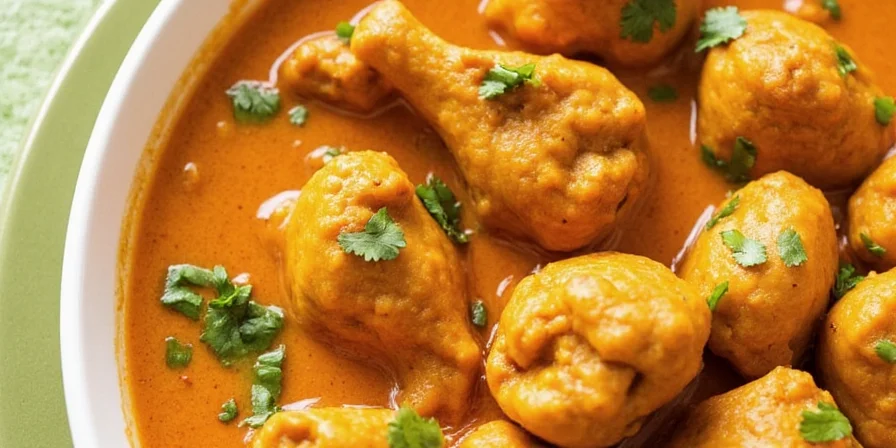
Pro Tips for Mastering Chicken Curry at Home
You don’t need a PhD in spiceology to whip up a killer chicken curry — just a few tricks and a willingness to embrace the chaos of the spice rack.
- Bloom those spices first: Heat oil in a pan and toast whole spices like cumin, coriander, or mustard seeds before adding anything else. This unlocks their essential oils and aroma like a flavor bomb went off.
- Don’t skip the aromatics: Onions, garlic, and ginger are the holy trinity of most curries. Sauté them until golden brown for maximum depth.
- Layer your flavors: Add spices in stages. Start with the base aromatics, then toasted ground spices, followed by wet ingredients like tomatoes or coconut milk.
- Balance is key: Sweet, salty, sour, spicy, umami — aim for harmony. A splash of vinegar or citrus can save an overly rich curry.
- Rice is your best friend: Always cook rice separately and have it ready when your curry hits peak deliciousness.
- Let it rest: Some curries improve overnight. The flavors continue to marry while sitting in the fridge — kind of like musical notes finding their rhythm.
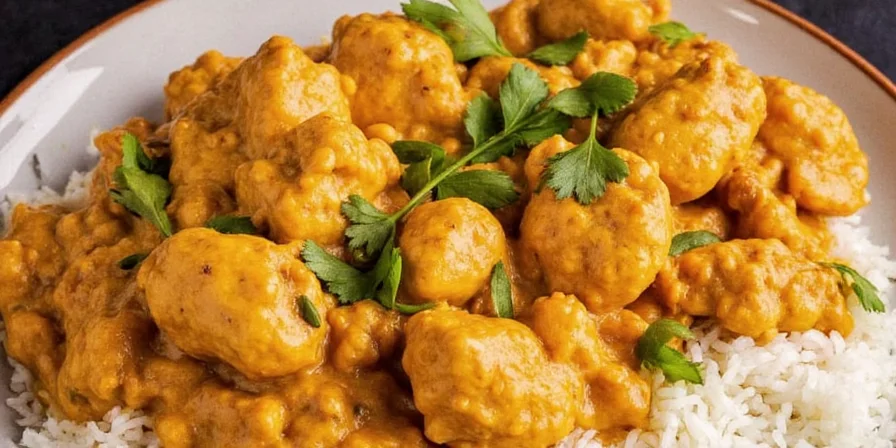
DIY Spice Blends for Every Curry Style
If you want to impress friends or simply avoid another boring dinner, learn these easy homemade spice blends. They’ll elevate your curry game faster than you can say “Masala Dosa.”
Classic Garam Masala
- 1 tbsp cumin seeds
- 1 tbsp coriander seeds
- 1 tsp cardamom pods
- 1 tsp black peppercorns
- 1 stick cinnamon
- 4 cloves
Thai Green Curry Paste
- 5 green chilies
- 1 stalk lemongrass
- 1 inch galangal or ginger
- 2 kaffir lime leaves
- 1 tbsp shrimp paste
- 2 cloves garlic
- 1 tsp coriander seeds
Jamaican Curry Powder
- 2 tbsp turmeric
- 1 tbsp coriander
- 1 tsp fenugreek
- 1 tsp allspice
- 1 tsp black pepper
- ½ tsp cinnamon
- ½ tsp clove
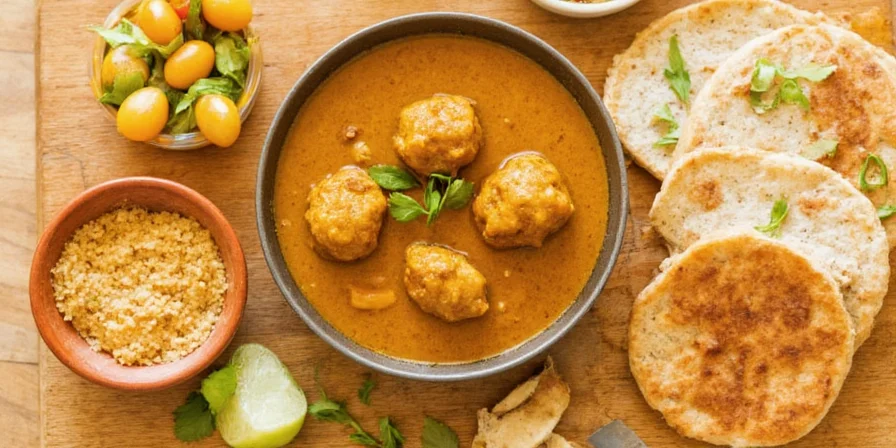
Curry Myths Busted!
Let’s clear the air once and for all. Here are some common myths about chicken curry that need to go the way of disco balls and fanny packs.
- Myth: All curries are spicy.
- Reality: Absolutely false! Some, like Japanese kare or mild Keralan curries, are gentle and comforting.
- Myth: Curry is a single spice.
- Reality: Nope. Curry is a style of cooking — not a specific ingredient. Curries vary widely based on region and recipe.
- Myth: You need special equipment to make curry.
- Reality: A regular pot works just fine. Unless you plan on opening a restaurant named “The Wok Around the Clock,” you’re good.
- Myth: Curry must be served hot.
- Reality: Cold leftover curry is arguably better. Just ask anyone who’s ever had a curry omelette.
Final Thoughts: Curry, Culture, and Chaos
At the end of the day, chicken curry is more than just food — it’s a passport to the world, a time machine through history, and sometimes, your only source of joy after a bad day.
From the bustling markets of Delhi to the quiet kitchens of Kyoto, curry connects us all through shared flavors and universal cravings. So the next time you're staring into that pot of simmering goodness, remember: you're part of a global tradition that spans continents, centuries, and countless spice racks.
Now go forth — season boldly, stir often, and always keep a glass of yogurt nearby.
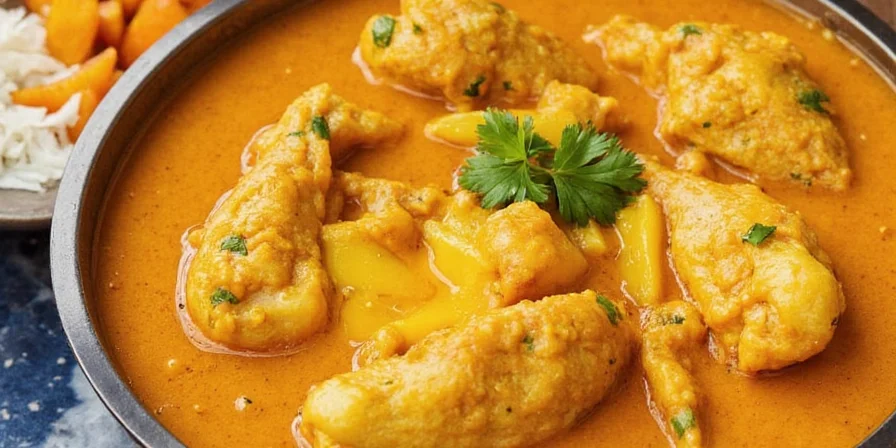
Summary Box: Chicken Curry Essentials
- Chicken curry exists in nearly every corner of the globe.
- Each variation tells a story of migration, trade, and adaptation.
- You can easily recreate global styles using basic pantry items.
- Homemade spice blends will level up your curry game significantly.
- Curry doesn't have to be complicated — just flavorful!

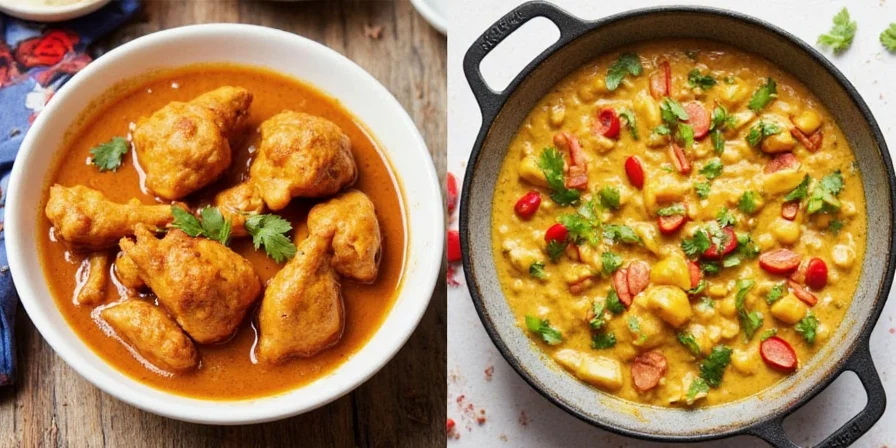









 浙公网安备
33010002000092号
浙公网安备
33010002000092号 浙B2-20120091-4
浙B2-20120091-4